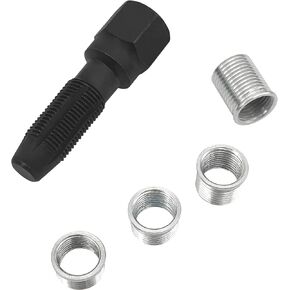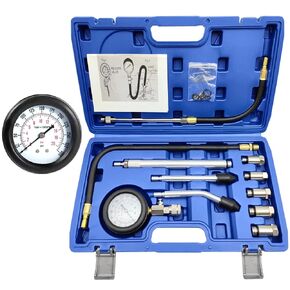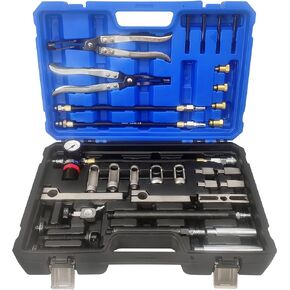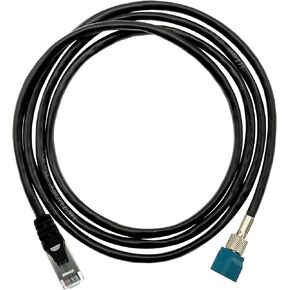- Shopping, made easy.
- /
- Get the app!
Once EN-52462-A is seated on the cam cover or carrier, the handles are turned towards the rear of the engine, away from the actuators, to center the cams in the correct timed position. The actuators can then be installed and tightened using EN-52461, with either EN‑52461-100 (2.0LT LSY) or EN-52461-200 (2.7L‑T L3B). Unapproved methods will result in incorrect timing and can lead to engine damage.
EN-52476 Flywheel Lock and Alignment Tool
EN-52476 installs in place of the starter and ensures that the flywheel is in the timed position for timing chain service. It also locks the flywheel ring gear teeth to allow flywheel bolt, balancer bolt, and camshaft actuator installation and torqueing. Once the body of EN‑52476 is installed in place of the starter, the flywheel is turned until the spring-loaded lock pin engages into the timing hole in the flywheel.
Once the timing service is completed, the lock pin is pulled back and turned ¼ turn to hold it in the retracted position. At this point, the locking tooth can be engaged into the ring gear and tightened to hold the ring gear for torqueing the required fastener(s). There are two ends on the locking tooth, to fit multiple engines and future applications.
IMPORTANT: The timing pin MUST be retracted before torqueing any fasteners. Torqueing fasteners with the timing pin engaged in the flywheel timing hole will damage the timing pin on EN-52476.
EN-52461 Camshaft Torque Reaction Tool
When camshaft timing or actuator service is required, the actuators must be held in order to remove and install the oil control valves (OCV), which act as fasteners to attach the camshaft actuators to the camshafts. EN-52461 ensures the actuators are held in the timed position for OCV service, and are used to remove all slack from the timing chain prior to timing chain, actuator, or camshaft service. EN-52461 is used with the engine-appropriate adapter set (EN-52461-100 for 2.0LT LSY or EN-52461-200 for 2.7LT

 ZKTOOL 14mm Cylinder Head Rethreaded Kit, Spark Plug Thread Repair Kit,14mm Reamer Cylinder Thread Repair Tool,Spark Plug Rethreader Kit,4 Thread Insert. M14 x 1.25
KWD 4.500
ZKTOOL 14mm Cylinder Head Rethreaded Kit, Spark Plug Thread Repair Kit,14mm Reamer Cylinder Thread Repair Tool,Spark Plug Rethreader Kit,4 Thread Insert. M14 x 1.25
KWD 4.500
 ZKTOOL 11PC Compression Tester, Automotive Engine Compression Tester Adapter Kit, Engine Cylinder Leak Down Compression Test Motor Pressure Gauge. (All Vehicles).
KWD 12.500
ZKTOOL 11PC Compression Tester, Automotive Engine Compression Tester Adapter Kit, Engine Cylinder Leak Down Compression Test Motor Pressure Gauge. (All Vehicles).
KWD 12.500
 -6%
ZKTOOL Universal Engine Valve Spring Compressor Stem Seal Removal Tool Fit for BMW VW Audi Mercedes.All-car Series Non-dismantling Cylinder Head Valve Oil Seal Tool.
KWD 59.500
-6%
ZKTOOL Universal Engine Valve Spring Compressor Stem Seal Removal Tool Fit for BMW VW Audi Mercedes.All-car Series Non-dismantling Cylinder Head Valve Oil Seal Tool.
KWD 59.500
 -6%
ZKTOOL Diagnostic Service Cable for Tesla Model S and Model X - OBD Repair Support, Replacement for 1137658-00-A.
KWD 8
-6%
ZKTOOL Diagnostic Service Cable for Tesla Model S and Model X - OBD Repair Support, Replacement for 1137658-00-A.
KWD 8